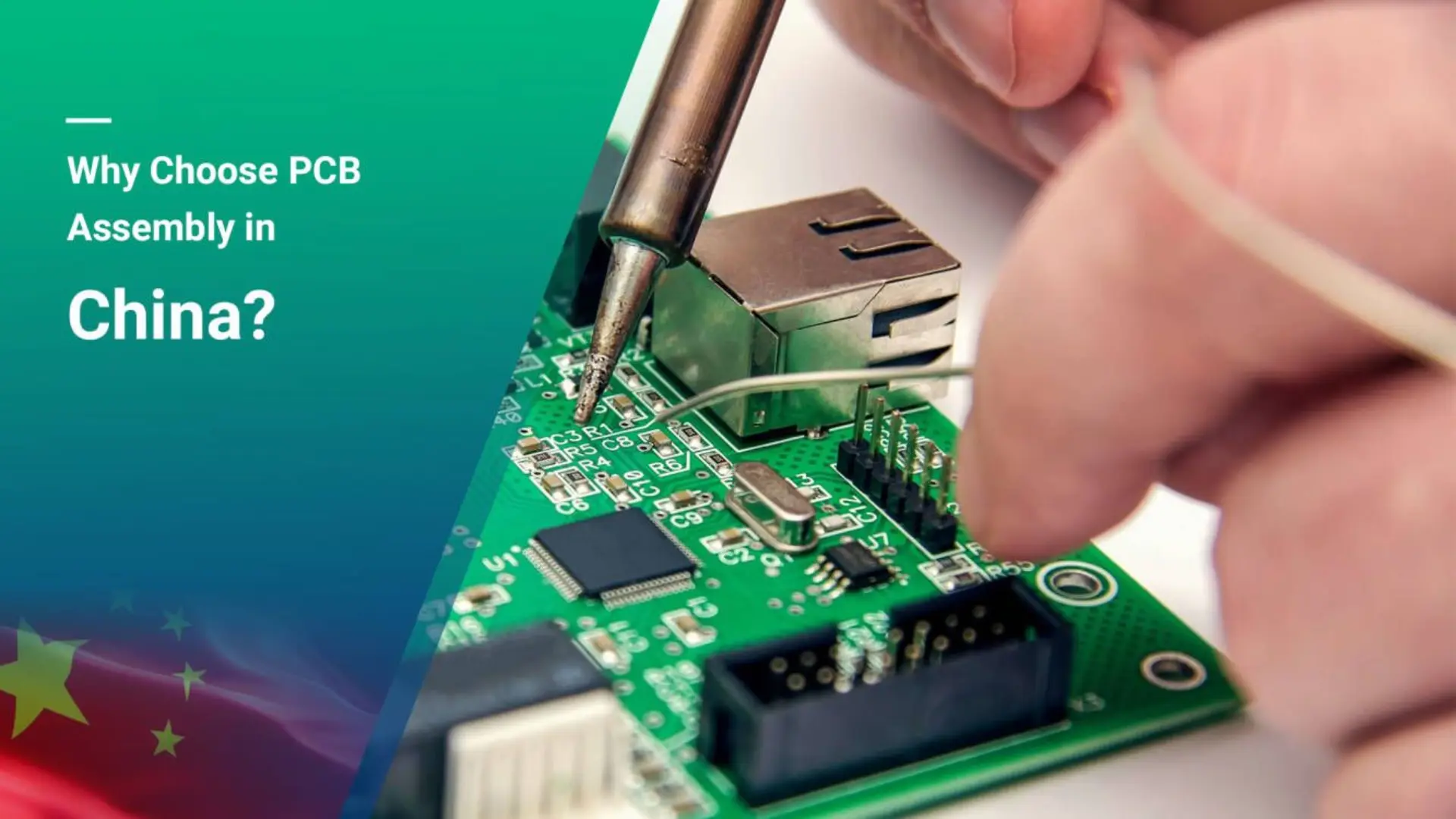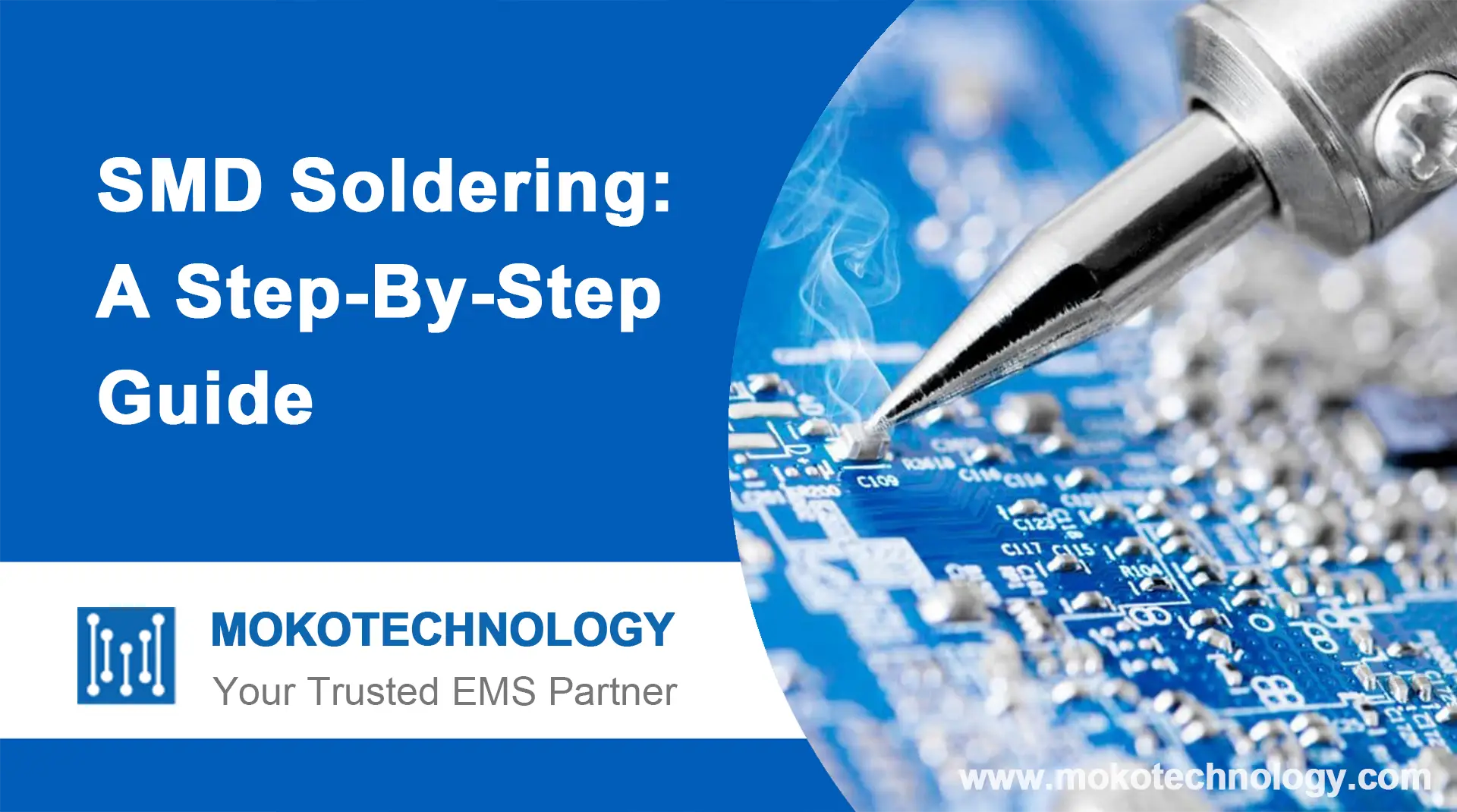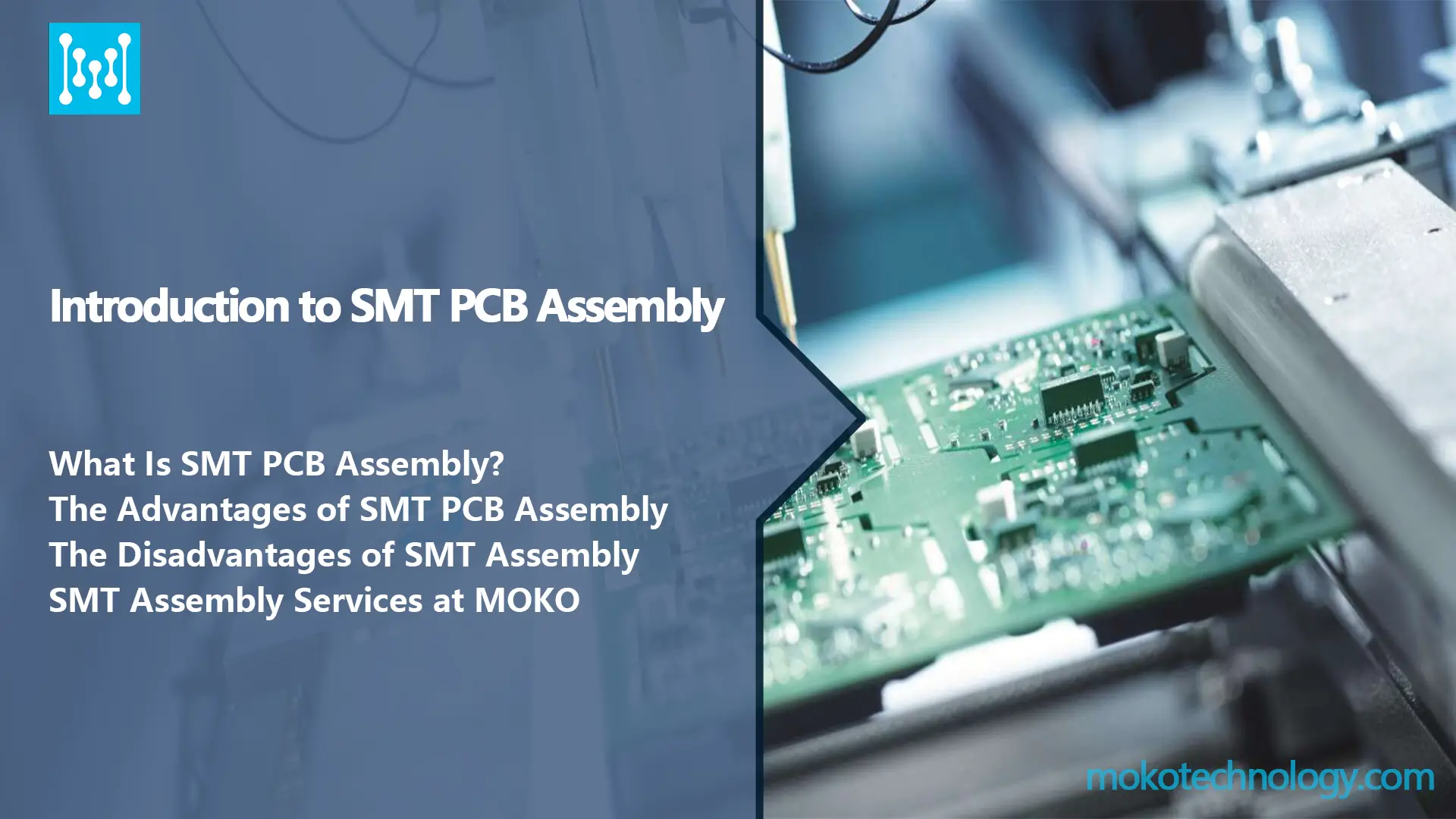I routinely salvage through-hole and even SMD parts, with the following considerations:
- If the device is broken, the components from it are suspect. Please check everything. tests more than transistors.
- If the leads are not long enough to go into a breadboard, it’s probably not worth it. I find that most transistors are OK, but resistors often are not. Capacitors and LEDs are a mixed bag. Your mileage may vary. Leads tend to be longer on older devices.
- Be careful of static and heat limitations, so you don’t destroy the part you’re trying to salvage.
- If it’s an IC or other non-obvious part, take a moment to look up the data sheet before removing it.if you can’t find the data sheet, there’s no point in having the part, unless you will repair more of the device you’re tossing.
If you get even a few components out of a piece of garbage, it is probably worth trying.
#PCB Assembly



